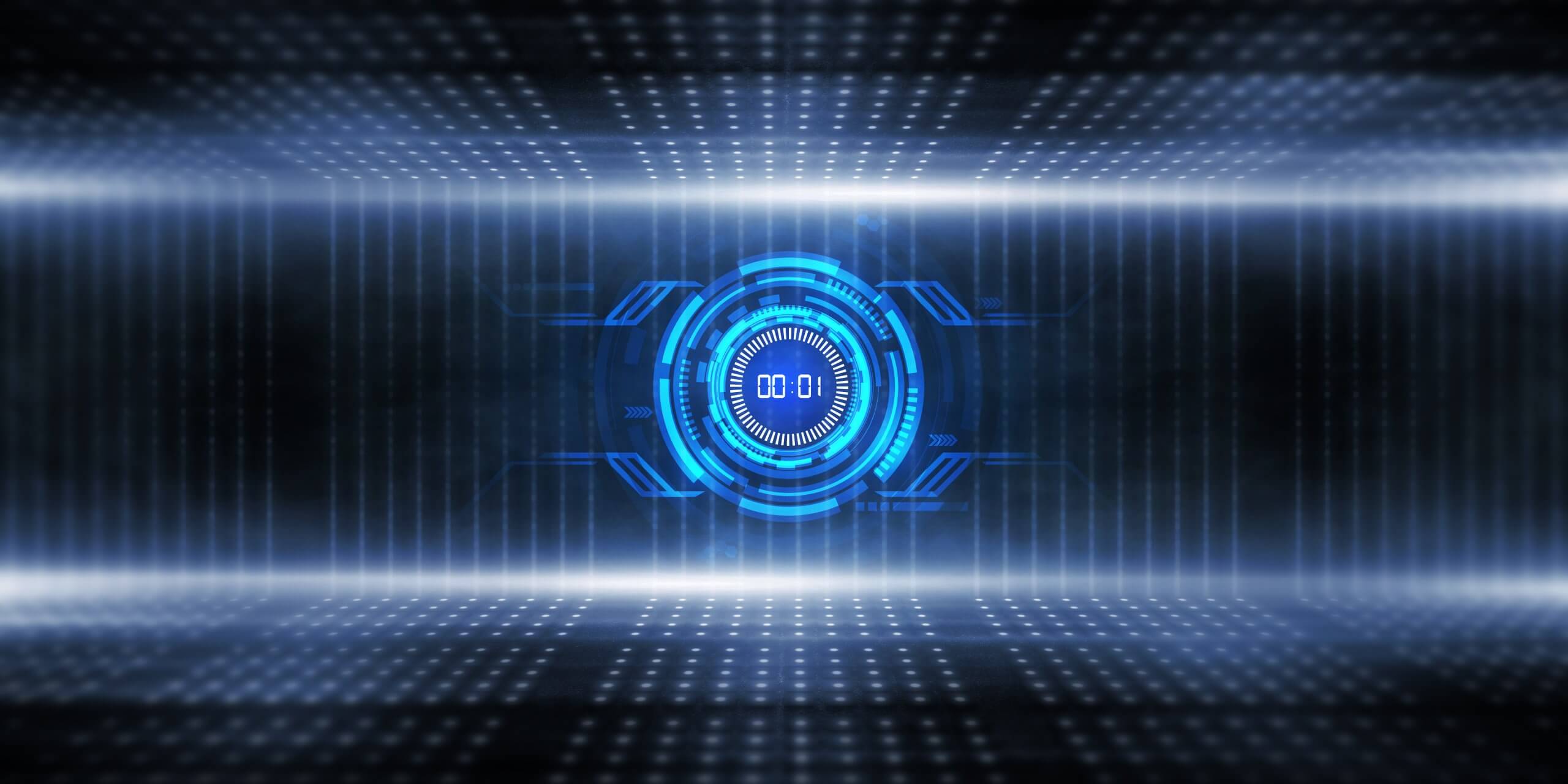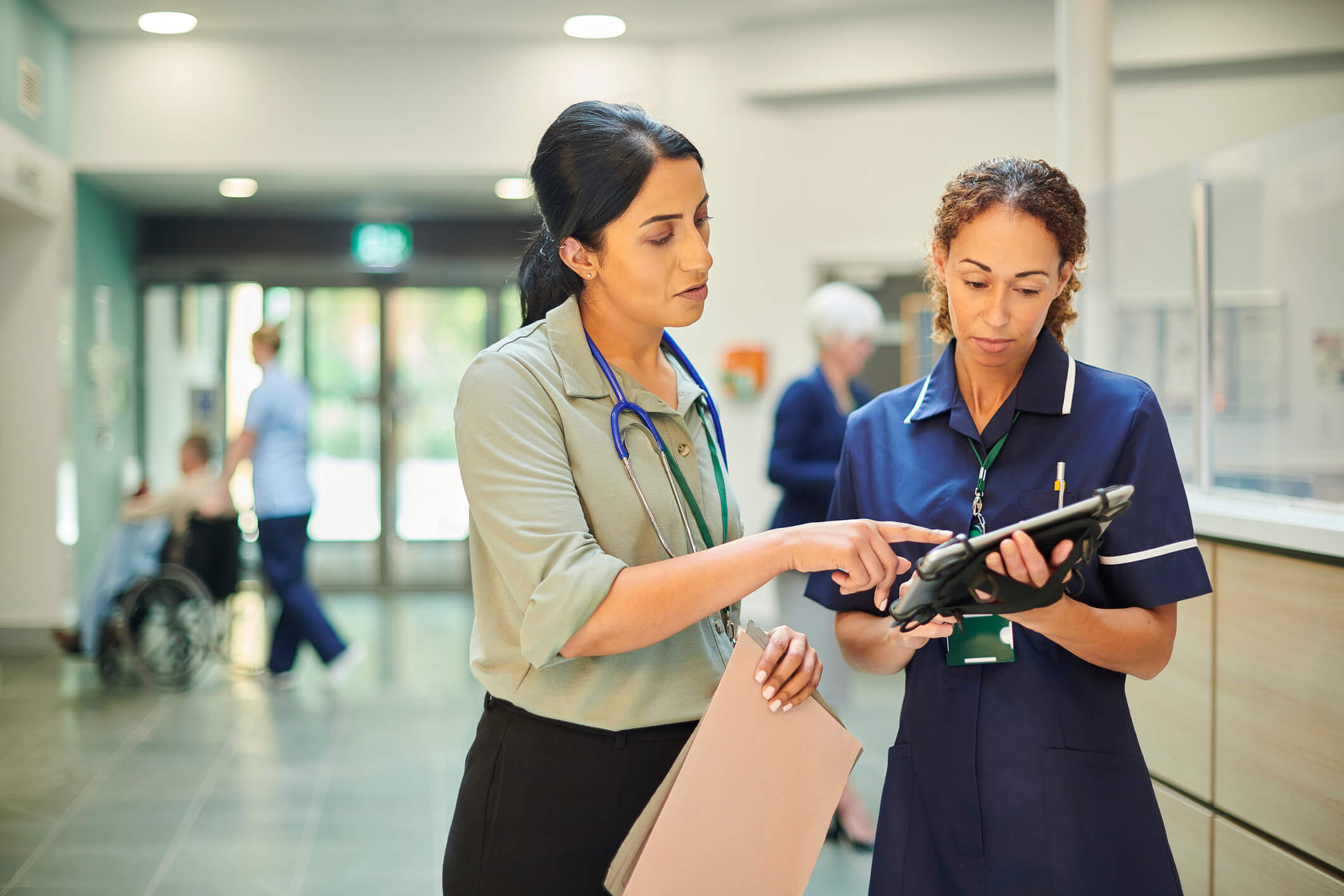
How can IoT support social housing after Covid-19?
Can IoT support social housing? Roger Birkinshaw looks at whether it lives up to the hype after a pilot with Wolverhampton Homes.
The new normal
The Internet of Things (IoT) is a quantum leap forward in connectivity and has created fevered expectation for the last decade. Is it now in a position to deliver on its promise? And if so, how could it support the sector after Covid-19?
The volume of cases continues to make for grim reading and despite the welcome roll out of the vaccination programme, Covid-19 still sits like the sword of Damocles over our heads. The instruction to ‘stay at home and save lives’ remains at the heart of the government advice and as a consequence, the importance of healthy, well ventilated homes cannot be underestimated. But could increasing deprivation levels and widespread fuel poverty be a major barrier>
The good news is the IoT can help. Not in the future, but now.
A big picture view
Before Covid-19 outbreak, Wolverhampton Homes wanted to explore what benefits IoT had to offer and so decided to take part in a six-month pilot in partnership with Northgate Public Services and IoT gateway supplier Homelync.
They identified six households to participate in the study, with the overarching aim of determining whether the use of IoT enabled devices could help deliver social and financial value for residents. They also wanted to gain a more holistic view of the condition of their properties and how they were being used, to help inform decisions on where further investment might be needed.
Linda Riding, systems development and support manager at Wolverhampton Homes, explains: “Some of the stock in our portfolio is quite old and we wanted to find out how the IoT could give us a big picture view of the condition of our properties.
“We knew that damp and mould were an issue in some properties and suspected that in around 50-60% of cases, the problems could be reduced by people doing things differently in their homes. We wanted IoT to help us see how a change in tenants’ behaviours might not only reduce their household costs, but also have a positive impact on the condition of our stock.”
Combatting condensation
High levels of condensation are a common and persistent problem for housing providers especially when residents are experiencing financial hardship.
As Linda explains: “Heating is expensive and when residents are on a tight budget, it doesn’t always come naturally to open up a window as there are concerns about a loss of heat. It can be a challenge to encourage tenants to ventilate their homes, especially when cooking or after a shower, to avoid humidity levels rising.”
Even before the pandemic, it was well established that damp and mouldy homes can be detrimental to the health and wellbeing of residents. But COVID-19 has reinforced the importance of changing this behaviour, whilst also underscored how difficult it could be in the light of rising unemployment and less money in the household pot.
A measured approach
A range of devices were installed quickly and easily into the participants’ homes. They included temperature and humidity sensors, smoke and carbon monoxide alarms and devices that monitor residents’ energy consumption.
Data from each device was able to be collected immediately through a sensor hub installed in every home. The information was then displayed in an easy-to-read dashboard accessible to the team involved in the project.
The information gathered would help determine the thermal efficiency of properties, identify heat loss and monitor dew points. Energy consumption could be measured and compared with the usage of other households involved in the pilot, making it easier for tenants to take steps to reduce their bills.
Moving the dial
During the pilot, monthly meetings were arranged with the participating households to give them the opportunity to share and discuss the data from the devices. This gave them insight into how successfully they were managing humidity levels and energy consumption in their homes compared to similar households. Enabling the participants to make these direct comparisons played a significant role in nurturing new behaviours, resulting in a 20% reduction in electricity usage across all the participants and air quality improved by 11% due to better ventilation of the properties.
Linda attributes this to the fact they were able to share “the temperature data captured by the IoT devices with our residents, as it helped us prove to them how it’s possible to open a window, reduce humidity and not suffer significant heat loss.”
There’s a huge benefit too for housing providers. Accessing the data will help them drive down the cost of repairs and maintenance and help to extend the life of the assets as well as protecting tenants.
Remote monitoring
The pilot highlights what a game changer the technology is for stock management. In these times of enforced social distancing this is an important benefit.
Since the rules look unlikely to change for some time yet, the ability of housing providers to remotely monitor properties and tenants’ energy consumption will take on renewed emphasis.
“Knowing how a tenant is using the property and how that usage is affecting the condition, coupled with aspects like the age and type of the property, helps inform maintenance decisions,” explains Linda.
“The devices helped us to work in closer partnership with our tenants to keep properties in good condition and identify and rectify issues together. This is a more effective way to serve our community and plan maintenance visits.”
Supporting tenants in a pandemic world
Climate change is rendering the world more susceptible to infections like Covid-19 according to the World Economic Forum. So, it is quite possible we will need to prepare for other pandemics going forward.
Whilst the pressure on the NHS remains intense people must continue to be confined to their homes, which can significantly impact on the ventilation of properties and the accompanying inherent health risks.
Presented with the challenges of an increasingly aging population, climate change and rising health and deprivation levels, it’s more important than ever for the sector to harness the power of IoT to support their tenants.
The pilot has shown that in an increasingly uncertain world, the IoT can be relied upon to live up to the hype.
Roger Birkinshaw is Executive Director at NEC Software Solutions.
Find out more about NEC Housing.

